The Obstacles to Knowing, Part 3: Our Biological Limits
Besides pure self-interest, numerous veils cloud our view of reality. The thickest and yet least noticeable veil is our culture, for it creates the ground of our daily reality. It informs us about how to interpret our experiences. It is constantly nudging us toward the consensus reality, “normalizing” our behavior. Two young men holding hands as they walk down the street of a Russian neighborhood risk ridicule or worse. In India the same behavior would not be even noticed, for that is an accepted way for two friends to show their affection. Those whose perceptions are most clouded—that is, most normalized—are often the very people in our culture who serve as our sources of information and who are the most powerful agents in the normalizing of behavior (celebrities, media figures, pundits, academics, etc.). They either knowingly lie and manipulate our information or zealously believe the fallacy themselves. The American people, for example, are still grappling in their hearts and minds with how much the debacle in Iraq was premeditated by powerful interests and abetted by the media and how much was simply a result of well-intentioned ignorance.
Closely related is the obstacle of our prejudices and how we can get beyond them to be open to information that may counter our most cherished beliefs. A Christian's values about abortion and a Marxist's analysis about the relationship between rich and poor will often color their perceptions about an issue like human overpopulation, so that both will, for different reasons, dismiss the problem, itself, without due consideration. They may see human suffering as a problem of insufficient charity or due to an unequal distribution of resources, but not because people are having too many children. “Blaming the victim” goes against every fiber of their decency, so their minds are closed to the concept of overpopulation. So, for example, Pope Francis’s 2015 Environmental Encyclical, Laudato Si, was—aside from his one short, vague paragraph on population—an otherwise clear and awakened analysis of the human relationship with the environment. Similarly, an American who drives a gasoline hungry SUV is less likely to be open to—much less concerned about—the abstract links between oil, global warming, the spate of wars in the Middle East, terrorism, and the health of our planet.
Even when everyone is being his and her honest best, truth—or the underlying nature of reality—is often clouded by our own sensory limits. Most facts are invisible to us. How do we know what actually transpired between two dignitaries behind their closed, highly polished doors? And at the level of elemental matter, most of existence transpires at sizes, distances, and speeds far beyond our awareness. Some phenomena such as global warming are so subtle that we are personally oblivious to them. The temperature changes of a century are more gradual and far smaller than even the fluctuations in a day. And yet it is at the limits of these ranges where the environment to which we must adapt comes into being and transpires—at the scales of genes, atoms, and electromagnetic waves, or at the other end, of melting glaciers and the time scale of centuries. It is at these invisible velocities and sizes that much of reality functions.
